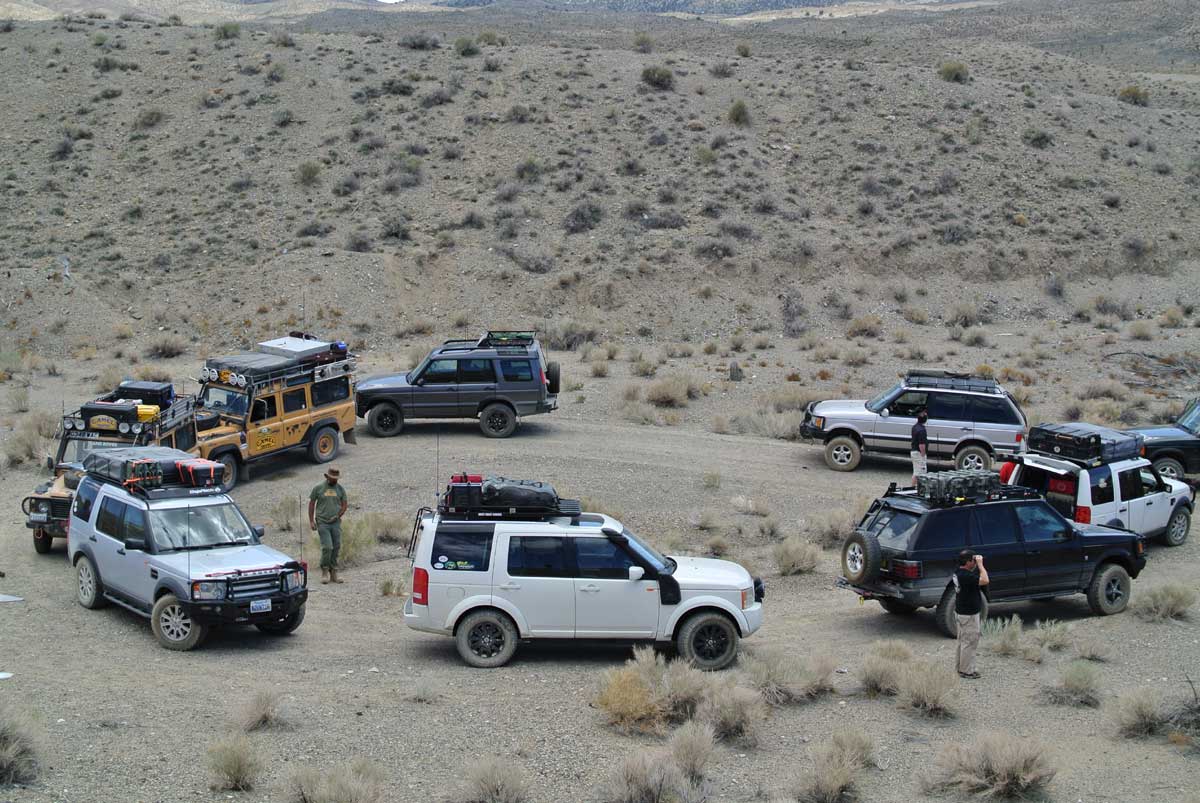spikemd
Explorer
I have done some trails with a factory coil sprung LR3. It has traction control but not the terrain response that the EAS trucks have. They also look a bit different as his truck has body colored bumpers which isn't seen on other LR3 until 2009. One issue he was tackling was that the factory springs compressed too much when loaded for the trail. He upgraded the springs but I am not sure which brand.
Overall, EAS is great up to 100k miles but if you have a dedicated trail rig, it is a liability. Too many components can go wrong. In Death Valley last year we had about 5 LR3 and one section of bumpy road caused a fault in each one. The computer reset after you turned the vehicle off and Thankfully we had no mechanical issues. I loved EAS in my P38 but when a brand new air spring ruptured on my buddy's rig and he drove 600 miles home on bumpstops, we ditched EAS for coils. No more worries.
The white LR3 in the middle is the coiler.

Overall, EAS is great up to 100k miles but if you have a dedicated trail rig, it is a liability. Too many components can go wrong. In Death Valley last year we had about 5 LR3 and one section of bumpy road caused a fault in each one. The computer reset after you turned the vehicle off and Thankfully we had no mechanical issues. I loved EAS in my P38 but when a brand new air spring ruptured on my buddy's rig and he drove 600 miles home on bumpstops, we ditched EAS for coils. No more worries.
The white LR3 in the middle is the coiler.

Last edited:
